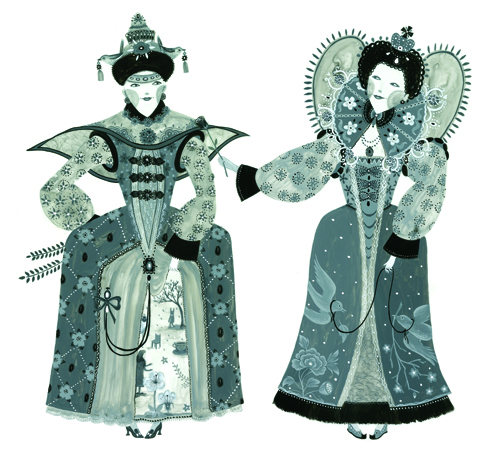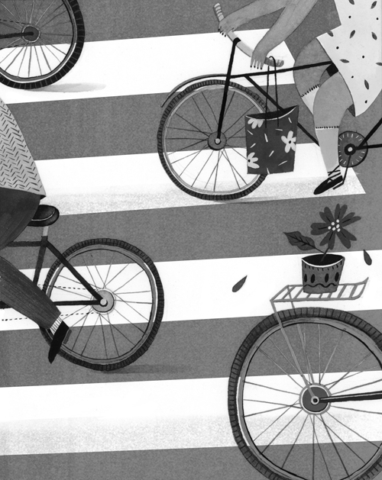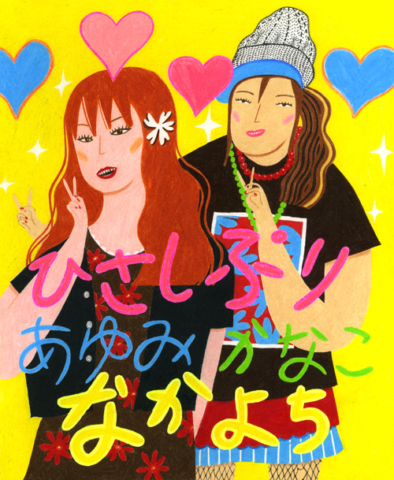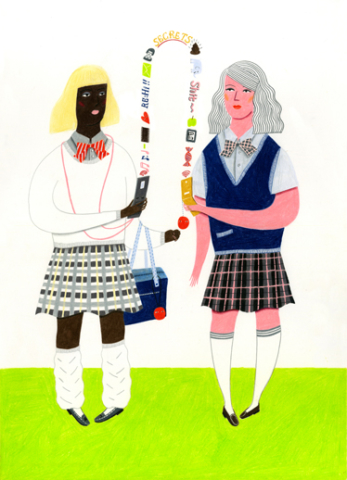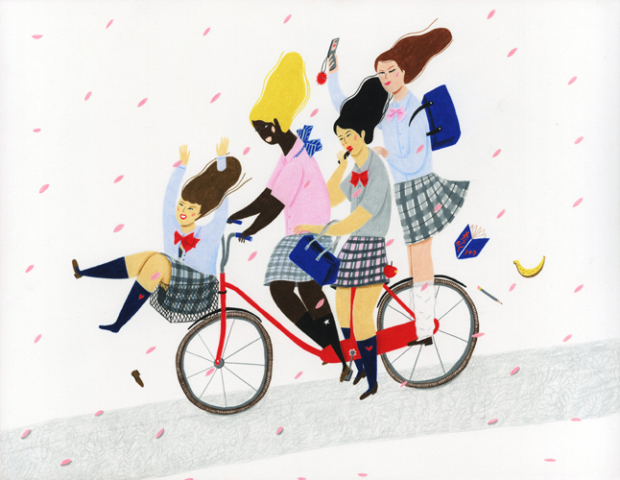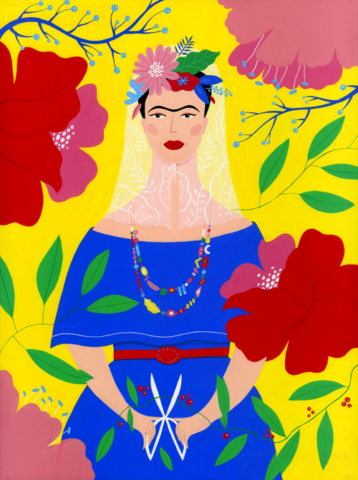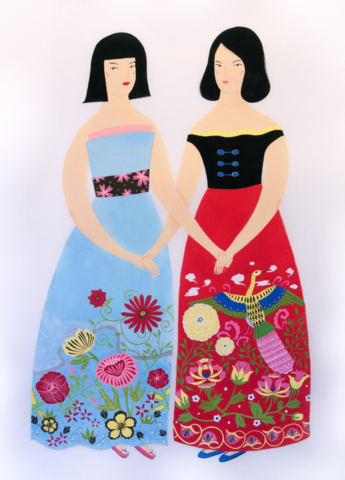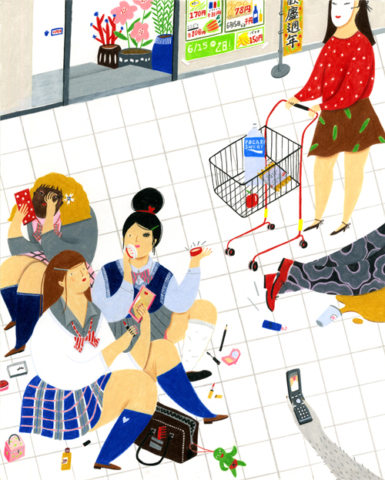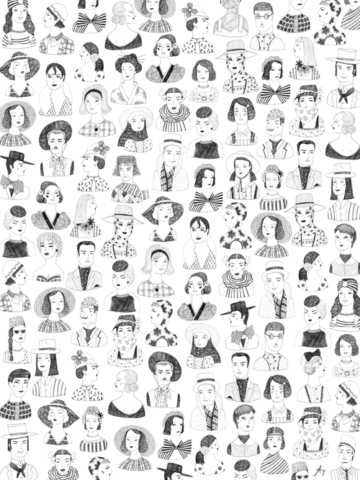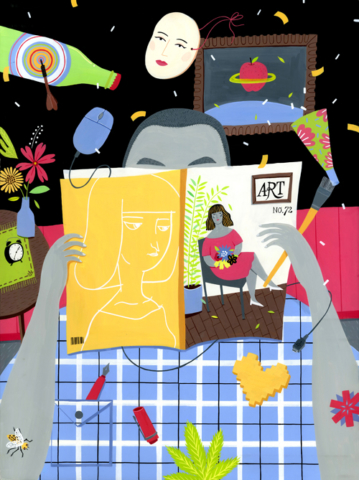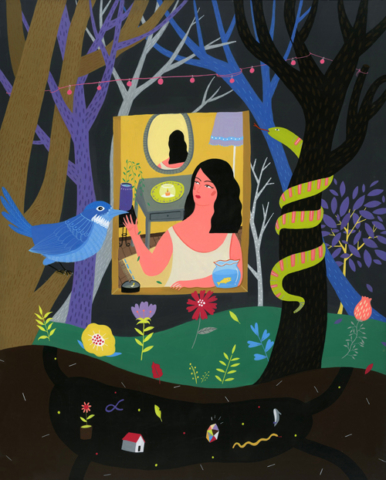ayumi takahashi
Interview by Sabrina Y. Smith
1) Tell me a little bit about your background.
I was born in Dalian, China. I moved to Japan when I was twelve and lived there until I was twenty. Shortly after, I moved to San Francisco and then to Los Angeles.
2) Do you consider yourself Chinese or Japanese?
I consider myself neither Chinese nor Japanese. I’m an in-betweener. I always wanted to be international — I didn’t want to feel like I belonged to a certain group of people.
3) Words that describe you?
Passionate, kind, a mixture.
4) What was your first work of art?
My first, most memorable, art memory was when I was eight years old. I made a thank-you drawing for my stepmother where I called her Mom for the first time. Her reaction was so strong and emotional, and I realized then the power of art — that it is a heartfelt thing that can mean so much to people.
5) What was your last piece?
A Frida Kahlo piece. She is in many ways my role model. She is very self-expressive; she has too much love — too much everything — very emotional and lively. She doesn’t care about being appropriate.
6) Why make art?
My goal in making art is to be kind. I never do negative artwork: it’s always colorful and joyful. I think art is very philosophical — you have to be a thinker first.
7) What are you currently working on? Anything exciting coming up?
I am excited to start working with The New York Times doing some illustrations and sketches. Also, I’m getting involved with an exhibition that will be donating part of my work to charity.
8) Although your works appear colorful and joyful, in pieces such as Too Much Makeup and Japan and China, there seem to be underlying social/political critiques. Tell me more about that.
I’ve always liked thinking of social problems and have opinions about them. My father was a big influence — always raising awareness in how people treat other people, how things impact society.
9) Where is home?
Being wherever I am is home. So, it’s here, for now.
10) Where/when do you get most inspired?
When I see something good happen — even very little things. Being good is inspiring. My pieces are not about me, but about people around me.
11) A number of your works have been used for manufactured goods: on textiles, dishware, etc. How do you go about creating for specific uses? Is it the same process?
Whether it’s for my own work, or commissioned for manufacturing goods, design is always at the heart of it. You can’t do anything without design — even when you’re painting, you’re designing your canvas.
12) If you could collaborate with anyone, dead or alive, who would it be?
I never collaborated with anyone so far. It’s hard to share control with someone else. But I would say Henri Matisse. He has always been my “art god.” I love his work, his passion. When I see that picture of him using a long stick to draw on the ceiling, it profoundly touches me — he just wanted to live one more day so he could draw. We also both love patterns, so it could be an interesting collaboration.
13) What is your definition of success?
I never set goals for myself. I don’t want to limit myself by only looking at my goals. I also don’t believe that I want to be happy just by doing whatever I can do. I don’t have to be doing something — it’s more about attitude.
14) If you weren’t an artist, what would you have liked to be?
I would want to create a café/store/salon to have people come, share, and discuss.
15) What would you imagine your last words to be?
Thank you.
